Your shiny new phone most certainly comes with 4G LTE inside it along with all those other G’s, 3G, 2G etc. You may have also started hearing about 5G with various networks around the world starting to roll out the very earliest iterations of it.
As this blog believes that everyone’s future can be richer, happier and more efficient – especially with mobile technology – we’d be at a loss not talking about 5G and making sure you’re fully up to speed with it!
Table of Contents
What Is 5G LTE Mobile?

5G Mobile or 5G LTE is (obviously) the fifth generation of a type of cellular mobile communication standard. Like 4G LTE, 3G, 2G and even 1G before it, it defines how your mobile communicates with the mobile network so that you can send cat memes, SMS’s, emails and any other super secret Death Star plans your heart desires.
While it’s easy to just imagine 5G will be “faster than 4G” and call it a day, there’s actually a number of interesting differences it offers. Obviously 5G will also be faster than 4G, but it won’t just be faster at raw download or upload speeds. It should also significantly reduce the amount of latency by around 10x which we’ll get into later.
When Will 5G LTE Mobile Be Available?
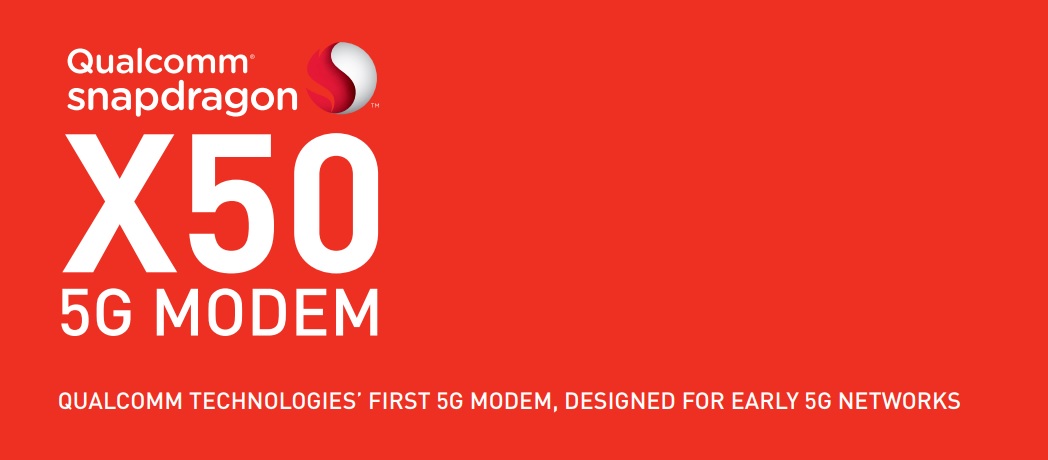
According to Telcoma Global:
The first phase of 5G specifications in Release-15 will be completed by March 2019, to accommodate early commercial deployment. The second phase in Release-16 is expected to be completed by March 2020, for submission to the ITU as a candidate IMT-2020 technology.
As such it’s very likely that you will begin to see 5G networks roll out – and the 5G phones along with them – all throughout 2019. These phones however will be the very, very first iterations and probably not be the best buy overall. This is because the 5G modem won’t be fully integrated into the System on a Chip (SoC) inside the phone and thus drain your battery quite a bit faster than normal.
On top of this battery drain, most networks won’t have much coverage for you to take advantage of outside the most major sites. So you’ll essentially be paying a premium for a phone that dies quicker and that you can’t really take advantage of most of the time.
How Does 5G LTE Mobile Work?
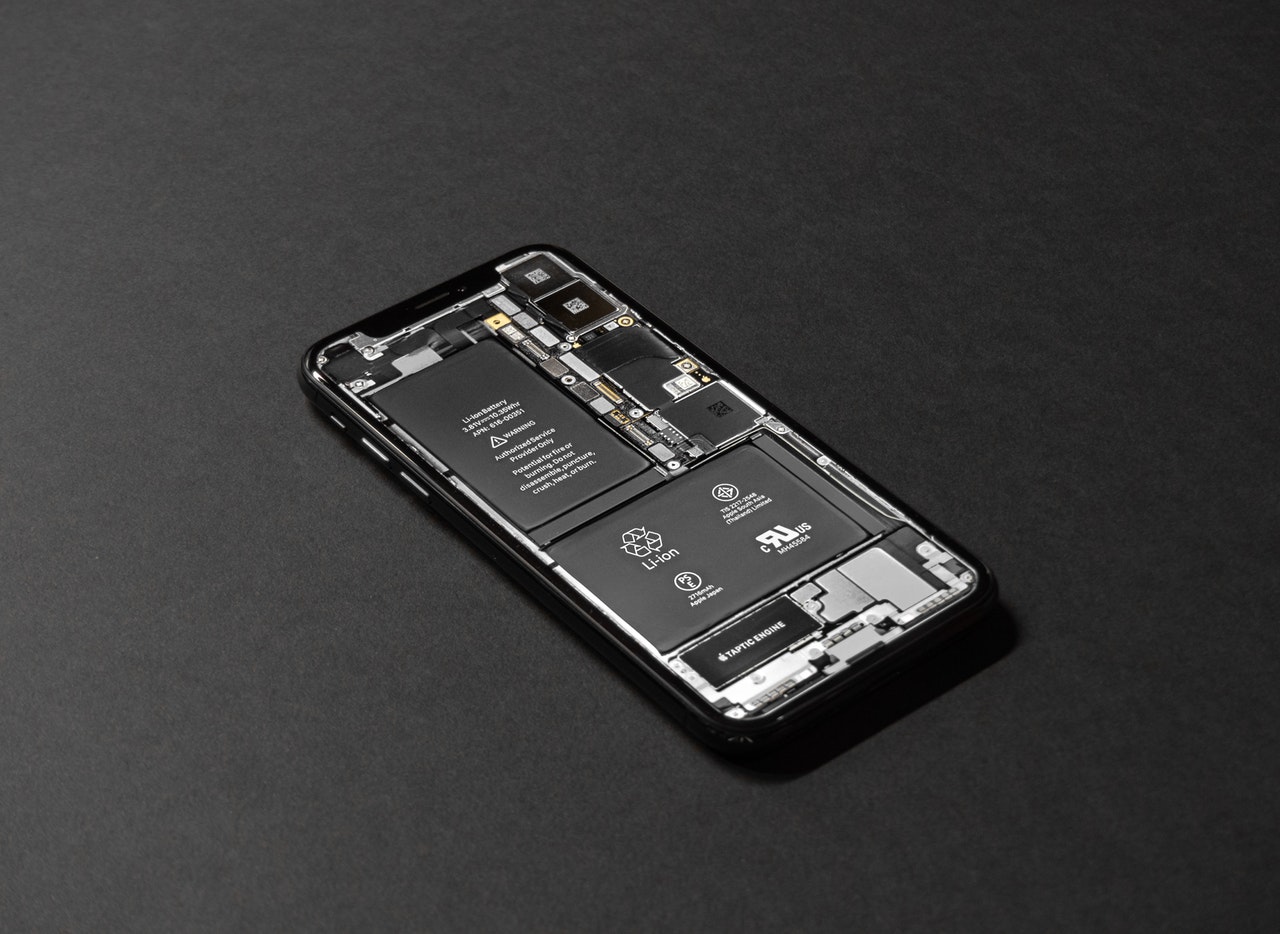
The International Telecommunications Union (ITU) actually has a few different categories for 5G but as most will only care about the enhanced Mobile Broadband (eMBB) one – the one for your phone – so we’ll focus on this.
Initial eMBB deployments will use the same wireless spectrum that 4G currently uses (600 MHz – 6 GHz) meaning that it will also have similar speeds to current 4G technology out there. On top of this however it will start to use a totally new spectrum that has a great deal more bandwidth and hence speed.
This new spectrum is in the 24 to 86 GHz range and is referred to as millimeter wave or mmWave. In fact this new, much larger, spectrum area has allowed the ITU to specify a top theoretical speed of 20 Gbps!
As these new modems and phones will be accessing different spectrums they will need new, different antena that can pick up that 24-86 GHz signal range. Along with this new antena sizing 5G phones will also need to support other features like Massive MIMO and Beam Forming making them quite a bit different at a physical level to 4G.
What Is Massive MIMO?
While a little more technical, we can’t discuss 5G without diving into some of the more complex aspects that really set it apart from the previous lesser G’s. These new technologies have been specifically designed to help mobile networks really step it up when it comes to scaling.
For example, in the IMT-2020 specifications for 5G it’s stated that systems should support up to 1,000,000 devices per square kilometer! While it might sound a bit ridiculous to have that many people downloading cat memes all at the same time and all within 1 square kilometer, you’re not taking into account future technologies.
With the huge deployments of IoT (Internet of Things) devices like sensors, autonomous cars, multiple personal smart devices like watches, tablets, laptops, phones and so on this scale up will help ensure you’re not competing with a self driving car while trying to load your Instagram feed.
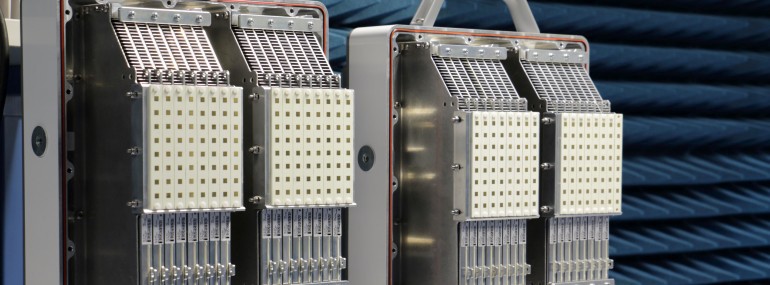
A Massive MIMO Antenna. Source: Ericsson
To provide this huge scaling up of our networks and to allow for hundreds of thousands of devices per square kilometer one of the key technologies used is Massive MIMO. While the above image might look complicated – and, honestly as a Telecommunications Engineer myself… it is! – ultimately it boils down to sticking many tiny antennas in the place of a few.
The array of tiny square dots you can see in the picture above are all separate antennas that can connect to different devices and serve them data individually. Obviously the more physical antennas you have, the more devices you can connect to simultaneously and serve.
That being said it’s never that simple as the signals interfere with each other and all other sorts of headaches but, at its core this is what Massive MIMO or Massive Multiple Input and Multiple Output is. You may also recognise this technology from one already being used on high end WiFi Routers at home. MU-MIMO (Multiuser MIMO) effectively does the same thing but just with a fewer numbers of antenna.
What Is Beamforming?

As mentioned above, one of the main annoyances with having huge arrays of antennas all lined up and blasting radio waves everywhere is that they interfere with each other. You’ll no doubt have experienced this if you’ve ever being watching YouTube and had it die half way through due to someone microwaving their meal. The microwaves interfere with your WiFi routers 2.4 GHz radio waves.
While there are other tricks engineers use to avoid this interference beamforming helps and also provides other significant advantages. With beamforming the antennas combine together in a special way called constructive interference to not only amplify the transmitted signal, but actually direct it wherever it’s needed.
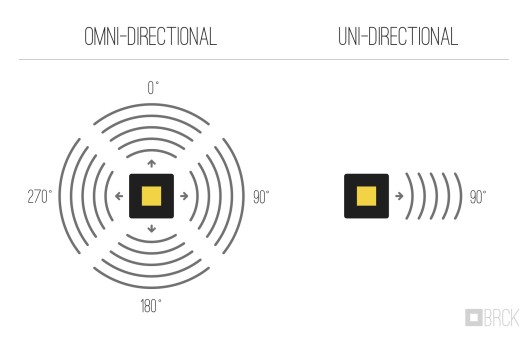
Omnidirectional Antenna vs Unidirectional. Source: brck.com
Normally antennas either transmit their radio waves in all directions equally (omnidirectional) or send it out in a general, single direction (unidirectional). With beamforming the array can dynamically change where this unidirectional beam is sent.
Think of it like the difference between having a machine gun bolted down and only being able to shoot it at one target versus having it on a swivel that lets you direct it anywhere you wanted to. The huge array of mobile phone antennas can dynamically move the transmission beam and direct it specifically at your mobile, like shining a spotlight on an escaping prisoner.
This means you get a better signal even when you’re further away and it helps to prevent all the Massive MIMO signals from interfering with one another so much.
Why Is Lower Latency Important?

But what about that latency thing we were alluding to earlier, what’s that all about? Well if you’re a gamer of any type you’ll no doubt be well aware of latency but for those that aren’t, latency is basically the time it takes for your computer/smartphone to send a signal to the Internet and back.
Sure, you might be able to download at speeds of 100 Gbps… but if you have terrible latency it’ll still seem “slow” as most modern day web pages heavily rely on many smaller files rather than big multi gigabyte files.
Think of it like the amount of time it takes for someone to respond back to you when you talk to them. If you said “hello” to someone and they just stood there staring blankly at you for a few seconds and then replied “hi!” back it wouldn’t make for a great experience! So you can imagine that having this latency time cut by upwards of 10x will make everything from browsing websites to playing games much better.
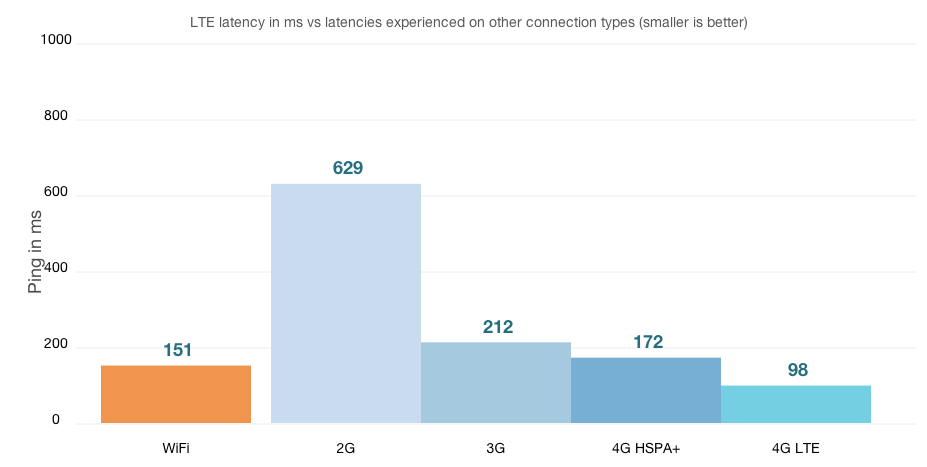
Various latency speeds. Source: cablefree.net
Currently even 4G networks generally have latency times of around 100+ milliseconds which isn’t too shabby. 5G on the other hand hopes to cut this way down to as little as 1 ms! Telia and Ericsson have already demonstrated close to this by achieving latency below 3 milliseconds in their field trials.
Of course when you add hundreds or hundreds of thousands of concurrent mobile connections to the one mobile base station all downloading cat memes simultaneously that latency speed won’t stay at 3 ms. However it should be significantly better not just for browsing or playing mobile games, but for new use cases as well.
One of these main new use cases people are talking up a lot is for mobile Virtual Reality or Augmented Reality. As VR is much more interactive than say, waiting for an email to download, it’s not really a great user experience when you have high latency. Similarly there is a lot of excitement about having remotely operated robotics equipment running off 5G as you once again need that super low latency to give a good user experience.
Summing Up

So although we might not see 5G LTE breakthrough this year or even really next year in 2019, it should be getting deployed in full force by the end of 2020. By then, assuming the mobile phone company in your area has access to a decent amount of spectrum, Internet download speeds should be taking another considerable leap forward.
The slightly more important thing I think most users will notice and then probably just take for granted is the significant upgrade in latency. This will enable exceptionally fast, home broadband style Internet responsivity where your pages will load an order of magnitude quicker than before and new use cases should emerge too.
And who knows, maybe one day networks might even hit that theoretical top speed of 20 Gbps and you’ll be able to download the entire Bitcoin Blockchain (around 187 GB currently) in under 1.5 minutes! You’ll probably still only have a 1 GB data cap size though…
The benefits include: 1) How to get those silky smooth videos that everyone loves to watch, even if you're new 2) How to fly your drone, from taking off to the most advanced flight modes 3) Clear outlines of how to fly with step-by-step instructional demonstrations and more 4) Why flying indoors often results in new pilots crashing their drone 5) What other great 3rd party apps are out there to get the most out of your drone 6) A huge mistake many pilots make when storing their drone in the car and how to avoid it 7) How to do all of these things whilst flying safely and within your countries laws.




